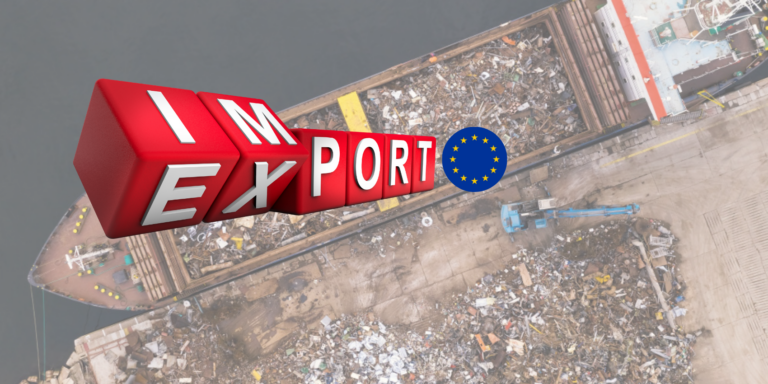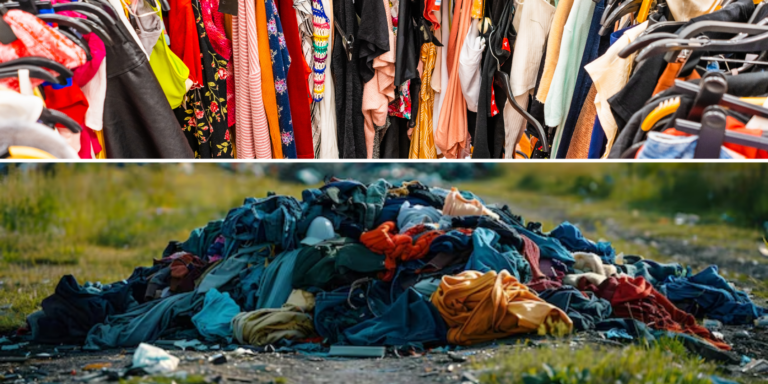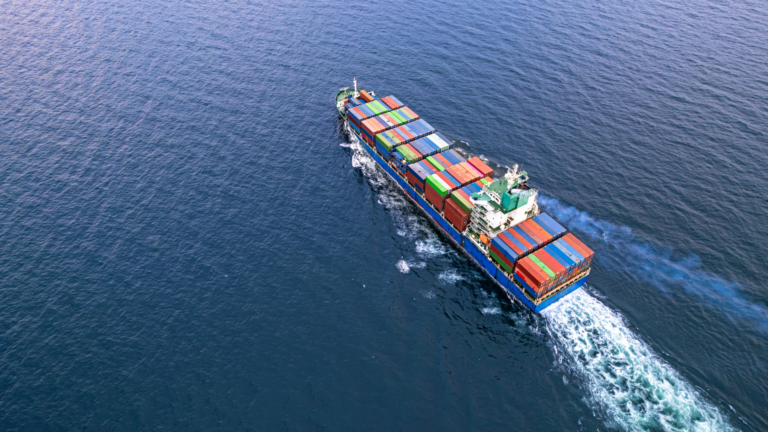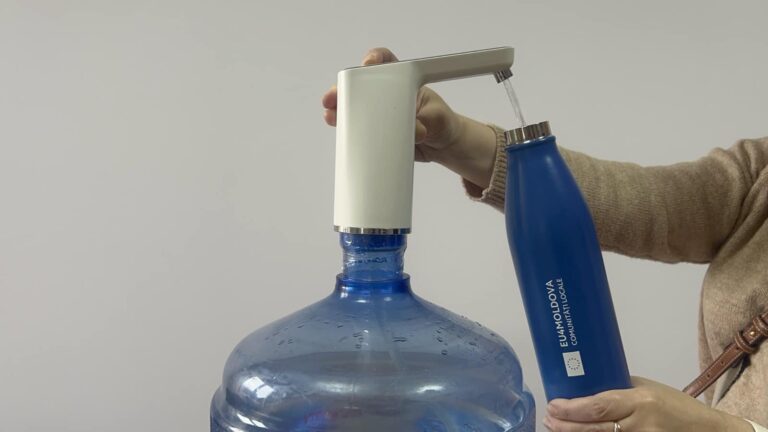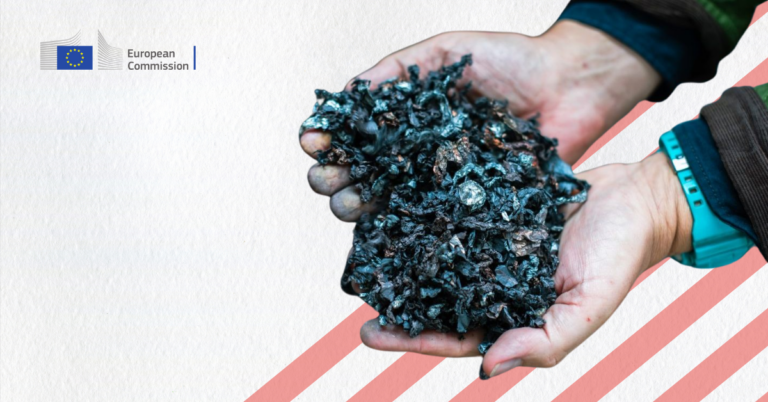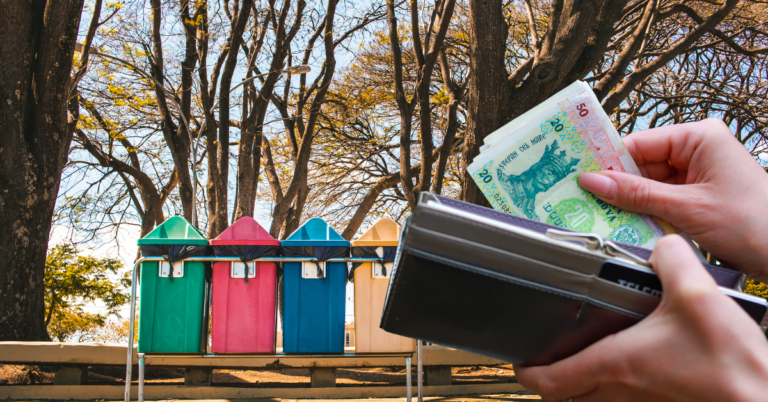Problems and solutions associated with the treatment of waste electrical and electronic equipment as metal waste
Details
Research undertaken by UNITAR in a report commissioned by the WEEE Forum in 2020 estimates that in 2018 in the EU approximately 2.1 kg /WEEE/per person is in scrap metal and is not declared as WEEE.
Data on WEEE in scrap for the Republic of Moldova are unavailable, definitively missing, and for the EU are few or uncertain. Thus only a few reports and studies identified by the WEEE forum can be found (WEEE Forum) in the report WEEE in scrap metal.
| France (2013) | Based on surveys addressed to FEDEREC, the study concluded that they are approx 10% WEEE in municipal scrap containers |
| UK (2014) | The content of large household appliances in scrap metal is of 11% |
| Portugal (2016-2018) | Between 2016 and 2018, Electrão, the Portuguese REP organization carried out 16 verification campaigns at scrap metal collection points. The obtained results concluded that 22,8% of scrap metal were actually WEEE, 13.5% corresponded to large electrical appliances and 9.3% represented small electrical appliances. |
| UK (2020) | The Anthesis Group investigated 21 different WEEE streams that influence the UK's recycling rate. The year 2017 was used as the reference year for this assessment. Reporting for the WEEE Directive 2012/19 suggests that 1,615 thousand tonnes of EEE were sold in the UK in 2017 and 653 thousand tonnes of WEEE were collected for recycling. The study estimated that the approximate annual amount of WEEE considered to be captured through scrap collection is 215 thousand tons for 2017 (or 33% of the amount of WEEE officially collected). This involves a composition of 11% of total scrap metal collected. |
Estimated, based on the studies listed in the EU, the share of WEEE in the total collected at scrap metal collection points is:
- 62% large equipment
- 20% small equipment
- 8% thermal transfer equipment
- 6% ICT equipment
- 3% screens and equipment containing screens
The practice of collecting or purchasing WEEE and treating it together with metal waste is unfortunately a common practice in Europe and worldwide. This situation creates environmental, health and safety issues because hazardous substances may not have been adequately removed or extracted. It also gives rise to compliance issues, as WEEE collected and treated as scrap metal escapes the official routes that count towards meeting the collection targets set out in the WEEE legislation, respectively reaching these targets is very difficult.
Achieving collection targets requires a redirection of WEEE tonnages towards officially reported flows. Competent authorities must prohibit the practice of purchasing and processing metal waste containing WEEE, unless it is treated and processed by facilities authorized or officially certified in this regard. They must develop specific and systematic enforcement actions to identify collection points that treat WEEE as scrap metal and penalize non-compliant companies.
Due to the low levels of awareness of scrap collectors' enforcement work, there is an information vacuum regarding statistical data and available information is limited or non-existent.
Finding an appropriate, harmonized methodology for collecting data on the amount of WEEE that is in the scrap stream is essential to understanding what is happening in the e-waste market.
Problems related to the collection of WEEE in scrap metal
Companies authorized to collect WEEE are usually interested in information from metal waste collection points because:
a) provides information on the various existing streams for WEEE
b) supports strategies aimed at increasing WEEE collection (collection rates).

However, WEEE collectors do not have the powers and rights to access the data of scrap metal collection points. A procedure to regularly obtain data from scrap metal collection points and report this information to a national database would improve the situation. This situation should be supported by establishing specific and systematic inspections for scrap operators. The data provided should be monitored and verified periodically by the competent authorities (in the case of the Republic of Moldova – joint IPM with the Environment Agency).
In some cases, the competent authorities may not allow scrap collection facilities to collect/treat WEEE, but WEEE mixed with scrap can still reach them and be processed. Data collection in such facilities is becoming a sensitive issue requiring legislative measures requiring facilities to separate incoming WEEE and send it to an authorized WEEE collection/treatment operator.
Below are presented three different scenarios regarding the collection of municipal WEEE with scrap metal.
In some EU Member States, authorized WEEE operators have commercial agreements with metal waste operators. Agreements are usually based on compensations paid to scrap collection points in return for reporting WEEE received at their facilities. However, not all scrap operators are willing to enter into this type of agreement, given that this information is sometimes commercially sensitive and requires the implementation of sorting and reporting procedures that alter management processes existing of the company. In addition, authorized operators who finance "compensation costs" are not motivated to do so according to the requirements of the WEEE Directive or the WEEE Regulation (for the Republic of Moldova).
The idea of requiring scrap companies to include separate reporting of WEEE from waste received at their facilities may improve the two situations described above. A broader policy approach in this regard is the implementation of mandatory handing in of collected WEEE (mixed with waste or not). This means that collected WEEE must be managed exclusively by authorized collectors and treatment operators who have contracts with authorized WEEE operators.
In general, regular sampling or sorting is necessary to collect accurate figures on the percentage of WEEE arriving at scrap collection points. The share of WEEE in metal waste is usually low compared to the huge amounts of waste collected, so sampling of this stream must be done carefully to reduce statistical sampling errors. These are complex and resource-intensive practices that require a methodology to enable harmonized data collection. A proactive approach to consider for solving this problem would be to ban the mixing of WEEE and scrap. This approach can be implemented gradually, with an initial phase where WEEE mixed with waste is either returned to the originator for separation, or a notice is sent informing that WEEE mixed with waste will no longer be accepted from a certain date. This approach requires high investment in enforcement to avoid the creation of new unreported parallel streams of WEEE mixed with waste.

The ProSUM project estimated that, on average, WEEE collected and treated with metal waste can represent up to 11 % of WEEE generated in some EU Member States. When OPRs (collective schemes) and Member States struggle to meet collection targets/rates, this flow becomes highly relevant for increasing national collection rates.
Thus, for the Republic of Moldova - if annually only MetalFeros exports about 250 thousand tons[1], we could estimate that around 25 thousand tons of WEEE are collected unofficially as scrap metal. The correct reporting and record of this waste would certainly favor the achievement of collection rates according to the WEEE Regulation.
Conclusion
Achieving minimum WEEE collection rates has proven extremely difficult for most EU Member States due to the existence of undeclared (additional) WEEE flows. The WEEE Forum believes that the competent authorities (for the Republic of Moldova would be e.g. the Environment Agency, the Inspectorate for Environmental Protection) must be aware of the factors that lead to this situation and must:
➢ Prohibits the practice of purchasing and processing metal waste containing WEEE, unless it is treated and processed by facilities that are officially authorized or certified to do so;
➢ Develop enforcement actions and inspection plans targeting facilities/points that treat WEEE as waste and penalize such actions;
➢ Establish reliable data collection procedures for estimating WEEE in scrap metal;
➢ Ensuring that the WEEE that is collected at the scrap collection points is treated and monitored adequately by obliging them to report their processes and volumes according to the type of waste collected.
Related articles
De ani de zile, marcăm simbolic Ziua Mediului, vorbim despre reducerea poluării cu plastic, venim cu
Modelul economic actual este construit în mare parte pe un sistem liniar de tip „extrage-produce-aruncă”, în
În contextul economiei circulare și al gestionării eficiente a deșeurilor, mecanismul de Responsabilitate Extinsă a Producătorului
În tranziția spre economie circulară, exporturile de materii prime reciclabile din Uniunea Europeană către țări terțe
Ziua Internațională “Zero Deșeuri” sărbătorită pe 30 martie și facilitată în comun de Programul Națiunilor Unite
La data de 20 mai 2024, a intrat în vigoare noul Regulament UE 2024/1157 privind transportul deșeurilor
Anual ziua de 16 martie este dedicată celebrării – ZILEI FĂRĂ APĂ ÎMBUTELIATĂ (Bottled Water Free
Miercuri, data de 5 martie, Comisia Europeană a actualizat Lista Europeană a Deșeurilor pentru a menține
Centrul de Instruire și Consultanță E-CIRCULAR anunță lansarea campaniei „Martie ECO-ACTIV-Reducem impactul, creștem responsabilitatea!”, o inițiativă
Serviciul de gestionare a deșeurilor face parte din sfera serviciilor publice de gospodărie comunală, având un




